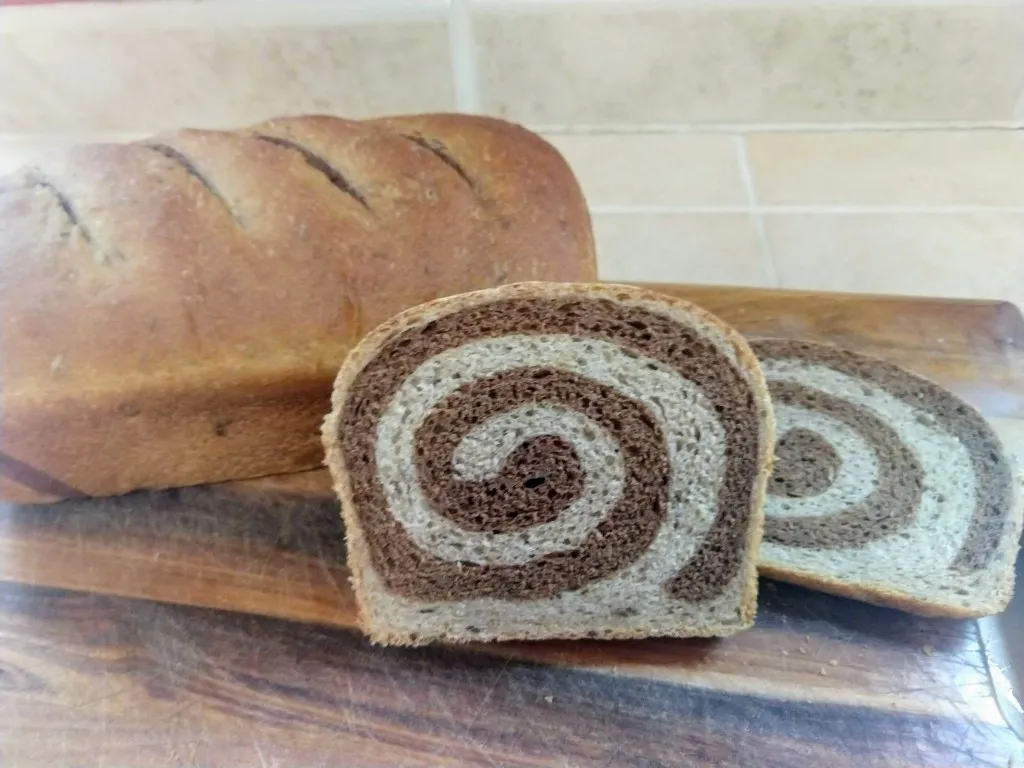Sourdough Marble Rye

Hey Fresh Loafers! Apparently this is my first blog post in 10 years! Wow, there have been lots of changes in the amateur artisan bread world. I haven't gone anywhere. I've been baking on and off, in the midst of a busy career and family life, but nothing I felt compelled to post apparently.
Like lots of other folks, I've been spending more time at home during the coronavirus epidemic. I'm so grateful to have a job that lets me work from home and a supportive family.